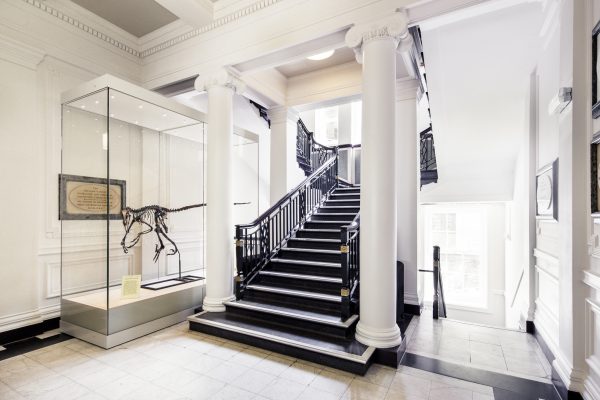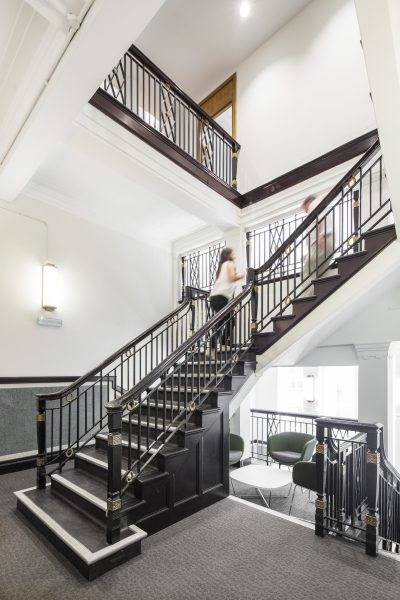
The Kathleen Lonsdale Building
Revitalising Heritage for Modern Research and Learning at UCL
The Kathleen Lonsdale Building refurbishment project was a key element in the realisation of University College London’s Bloomsbury Campus Masterplan, transforming the building into a modern, accessible facility that unites departments within the Faculty of Maths and Physical Sciences.
Bond Bryan’s approach to the refurbishment not only enhanced functionality but also preserved the building’s historical significance, creating a facility that meets the evolving needs of both UCL’s students and academic staff.


Value
Bond Bryan’s architectural design for the refurbishment of the Kathleen Lonsdale Building at University College London has unified departments within the Faculty of Maths and Physical Sciences, enhancing collaborative opportunities across Earth Sciences, Physics, Astronomy, and Chemistry. This consolidation, achieved through close consultation with UCL stakeholders, resulted in flexible, state-of-the-art spaces that cater to both teaching and research.
By creating accessible communal areas and specialised labs, the design enhances the student and faculty experience, strengthening UCL’s reputation as a leader in interdisciplinary research and fostering a culture of shared learning and engagement.


Reimagining heritage for today’s research needs, the Kathleen Lonsdale Building now embodies both UCL’s academic ambitions and its dedication to sustainability, bridging history with state-of-the-art innovation in every space.


Impact
The transformation of the Kathleen Lonsdale Building has created a dynamic academic hub that enriches the UCL community and the surrounding Bloomsbury neighbourhood. The building’s modernised spaces encourage interaction among students and staff, breaking down departmental silos and promoting cross-disciplinary collaboration.
The addition of communal areas has reinvigorated the MAPS Faculty, providing students with enhanced opportunities for social and academic engagement. Beyond UCL, the building’s revitalised exterior preserves the architectural heritage of Bloomsbury while adding a contemporary touch, bolstering UCL’s relationship with the local community and contributing to the area’s vibrancy.

Sustainability
The project prioritised sustainability through a thoughtful refurbishment approach, reducing material waste and preserving the existing structure. Bond Bryan incorporated energy-efficient systems to align with UCL’s sustainability goals, thereby minimising the building’s operational carbon footprint. Maximising natural light within the interior spaces has reduced reliance on artificial lighting, creating a welcoming environment that is both functional and environmentally responsible.
By selecting durable, low-impact materials, the design supports UCL’s commitment to long-term sustainability, demonstrating how historic buildings can meet modern environmental standards without sacrificing character or usability.
Details
Information
Scope Architectural Design Status Completed Completion Date 2017 Location London Value £9.7m